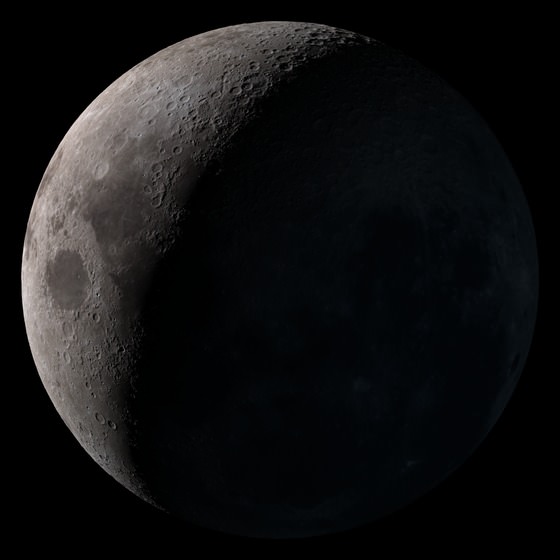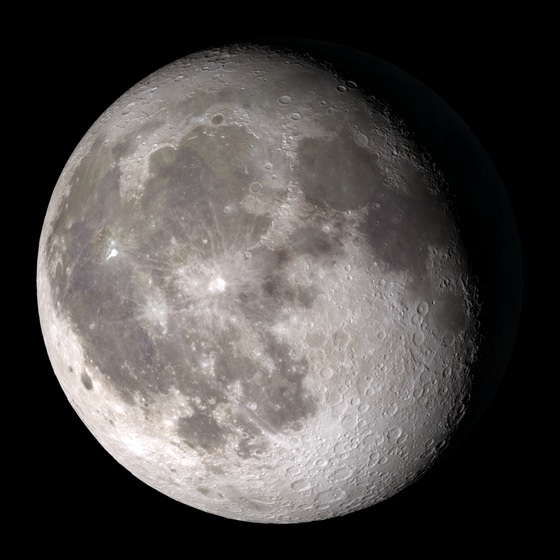Here’s how the Moon will look to us on Earth during the entire year of 2014. Using data from the Lunar Reconnaissance Orbiter, the Goddard Space Flight Center Scientific Visualization Studio can project how the Moon will appear, and compresses one month into 24 seconds and a year to about 5 minutes. Above is the video where Celestial north is up, corresponding to the view from the northern hemisphere, and below is how the Moon will look from the southern hemisphere.
While the Moon always keeps the same face to us, it’s not exactly the same face. Because of the tilt in its axis and shape of its orbit, we see the Moon from slightly different angles over the course of a month, and the year. Normally, we don’t see how the Moon “wobbles” in its orbit, but seeing the Moon’s year this quickly, we can see the changes in libration, and axis tilt — as well as the most noticeable changes, the Moon’s phases.
Find out more at this SVS page, where you can also “Dial a Moon” — put in a specific date and see how the Moon will look on that day.
Universe Today also has a great app for your iPhone or Android that can also show you how the Moon will look any day in the past or present.
We also have a full list of the Moon phases and full Moon/New Moon dates here.


